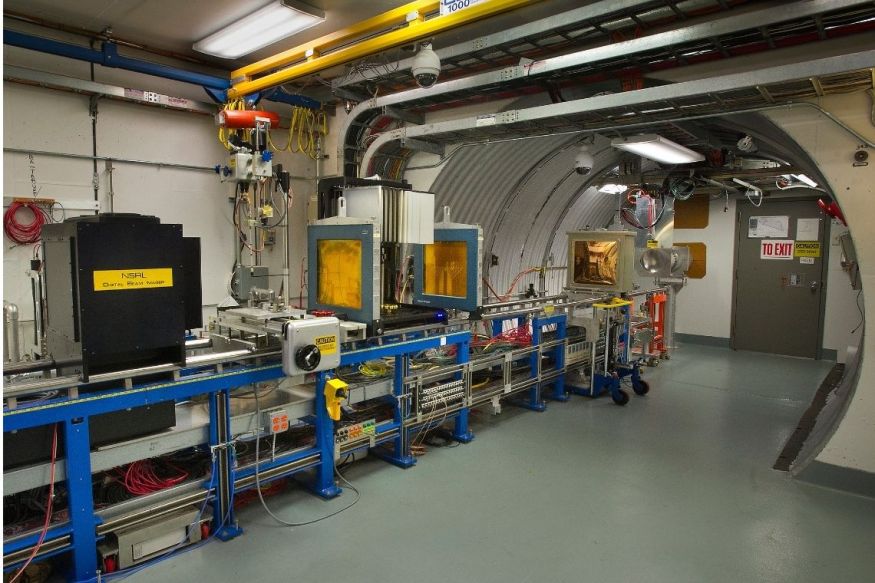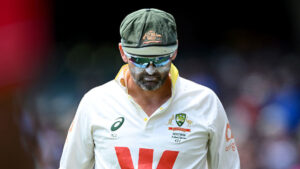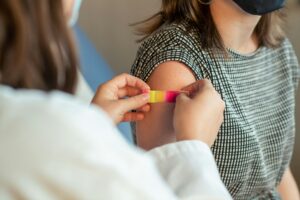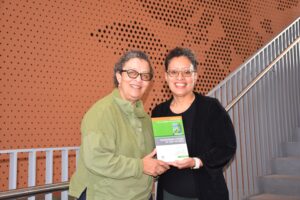
Originally trained as a virologist, Dr. Bowles is among nine principal investigators recruited by NASA into its Space Radiation Element program. Her mission: to mitigate the harmful effects of space radiation on astronauts’ health. Working at the NASA Space Radiation Laboratory located within Brookhaven National Laboratory in New York, Bowles and her team are at the forefront of this critical research.
“It’s a really neat, nifty, unique thing that NASA has developed,” Bowles explained. “They actually can simulate as closely as possible what the radiation environment looks like in space here on Earth.” Despite this advancement, other studies examining the cardiovascular effects of space radiation on astronauts have yet to produce definitive conclusions.
Understanding the Cardiovascular Risks
Animal studies have demonstrated that radiation can lead to arterial stiffening, structural damage to the heart, and alterations in heart rhythm. “We’ve identified that there might definitely be a problem, at least in animal models,” Bowles noted. “We’re doing additional studies to understand the mechanisms behind this problem and whether we can remedy it.”
Clues from the Lab and from Space
Bowles and her team employ advanced molecular tools to study radiation’s effects at a cellular level. “We do a lot of very advanced molecular omics – genomics, transcriptomics, proteomics,” she said, referring to the study of DNA, RNA, and proteins. “We try to look at the tissues or cells very holistically.”
In addition to exploring protective measures against radiation damage, Bowles’ team is investigating the potential repurposing of existing medications. “We have a paper under review where we analyzed our data to see if there were any drugs that could be repurposed,” she revealed. “NASA’s just looking at ways to do this as economically as possible. If something already exists, why not use it?”
“NASA really invests in these deep characterizations because these data sets go into their repository,” Bowles said. “There’s a whole group of scientists at NASA doing data mining to gain new insights.”
Broader Implications for Earth
While the research is space-focused, its implications could benefit people on Earth. “There’s personnel in the medical field, like interventional cardiologists, who are exposed to low levels of radiation over time, who might develop similar cardiovascular effects,” Bowles pointed out. “Maybe we can find something protective for the heart for a patient undergoing cancer treatment. There is potential for saving human lives.”
Does Radiation Affect People Differently?
There’s still much to learn about how radiation affects different sexes and species. “Most early studies were done with male mice,” Bowles said. “Now we’re doing studies with both sexes to see if there are differences.” Additionally, her team is incorporating microgravity into their studies to better simulate the space environment.
Bowles’ research has been primarily funded by NASA. Despite uncertainties in funding, she remains optimistic. “I’m very blessed to be able to work in an exciting field like this,” she said. “We’re uncovering biological mechanisms and responses that no one’s really looked at before. It’s all new ground and it’s very exciting.”
The Future of Space Health Research
The ongoing research at NASA’s Space Radiation Laboratory not only aims to protect astronauts but also opens doors to potential medical breakthroughs on Earth. As Bowles and her colleagues continue to explore the unknowns of space radiation, their findings could lead to innovative solutions for radiation exposure in various fields.
As NASA pushes the boundaries of human space exploration, understanding and mitigating the risks of space radiation remains a top priority. The work of Bowles and her team is a testament to the critical intersection of space science and human health, promising a safer future for astronauts and potentially transformative benefits for medicine on Earth.






